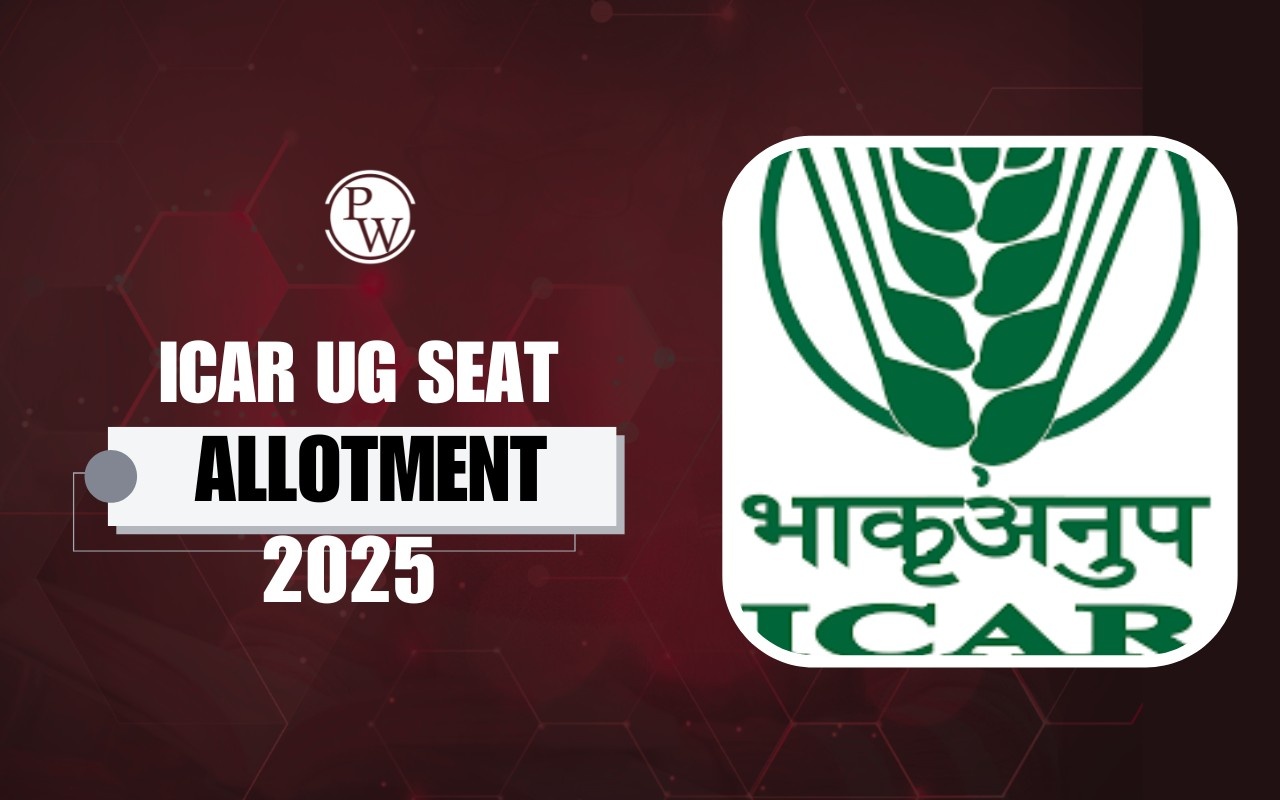

CUET full form is Common University Entrance Test. It is a national level entrance exam introduced to simplify and standardize the undergraduate admission process for central universities in India. Conducted by the National Testing Agency (NTA), CUET is a single-window opportunity for students to apply to multiple universities through a common entrance platform.
With thousands of colleges and universities across India offering different admission criteria and entrance exams earlier, the need for a centralized admission system became essential. CUET was introduced with the idea of “One India, One Entrance Exam”, making college admissions fairer, transparent, and more accessible for students from all educational backgrounds.
CUET Exam Meaning
CUET UG exam simply means a standardized test that evaluates students' knowledge in languages, core academic subjects, and general aptitude. It was introduced to replace university-specific entrance exams and eliminate the over-reliance on Class 12 board marks.
This CUET introduction for students is especially helpful for those applying to prestigious institutions like Delhi University, BHU, JNU, Jamia Millia Islamia, and more. With over 14 lakh applicants in 2025, CUET has become India’s largest entrance test for undergraduate programs.
CUET Exam Purpose and Objective
CUET exam purpose is to ensure a uniform admission process for undergraduate programs across central universities. It aims to reduce the disparity caused by different boards, cuet marking schemes, and evaluation standards. The objective of the CUET exam is to provide equal opportunity to all students by evaluating them on a common platform with consistent testing standards.
CUET Exam Structure
The CUET exam structure is divided into three main sections:
-
Section 1A & 1B – Languages: Choose from 13 languages in 1A and 20 in 1B. You must attempt at least one language paper.
-
Section 2 – Domain Subjects: Includes 27 academic subjects (like Physics, Chemistry, History, Political Science, Economics, etc.). You can choose up to six based on your course eligibility.
-
Section 3 – General Test: Includes questions on General Knowledge, Current Affairs, Logical Reasoning, Numerical Ability, and Quantitative Aptitude.
Each section has 50 questions, out of which a specific number must be attempted. The CUET syllabus overview is based on the NCERT curriculum of Classes 11 and 12, making it familiar for most students.
CUET Eligibility Criteria
Before applying, students must understand the CUET eligibility criteria:
-
Must have completed or be appearing for Class 12 or equivalent exam in 2025.
-
Specific subject combinations may be required for different programs.
-
No upper age limit.
-
Eligibility criteria may vary from one university or course to another.
-
Indian nationals, NRIs, PIOs, and students from SAARC countries are eligible under various categories.
Students should check the specific university’s website for course-wise requirements.
CUET for Central Universities
One of the key goals of CUET is to streamline admissions to central universities. Currently, CUET scores are accepted by 45 central universities, including:
-
University of Delhi (DU)
-
Banaras Hindu University (BHU)
-
Jawaharlal Nehru University (JNU)
-
Aligarh Muslim University (AMU)
-
Jamia Millia Islamia (JMI)
-
University of Hyderabad
-
Tezpur University, and many more.
This standardization allows students to apply to multiple top institutions using a single entrance test.
Who Can Apply for CUET?
The CUET is open to:
-
Students from all streams (Science, Commerce, Arts)
-
Candidates from any board (CBSE, ICSE, State Boards)
-
Fresh 12th pass-outs or those appearing in 12th exams
-
Students aiming for admission to central, state, or deemed universities participating in CUET
There is no limit on the number of attempts for CUET as long as you meet the academic eligibility of your target program.
CUET Exam Benefits
The benefits of the CUET exam include:
-
Fair evaluation of all students on the same scale.
-
Reduces over-dependence on board exam results.
-
Saves time and money by allowing students to apply to multiple universities through one exam.
-
Transparent and merit-based admissions.
-
Better accessibility for students from rural and remote regions.
What Subjects are in CUET?
Students can select from a wide range of subjects such as:
-
Languages: English, Hindi, Tamil, Bengali, Malayalam, etc.
-
Science Subjects: Physics, Chemistry, Mathematics, Biology.
-
Commerce Subjects: Business Studies, Accountancy, Economics.
-
Humanities Subjects: History, Political Science, Sociology, Psychology, Geography.
-
Vocational Subjects: Agriculture, Mass Media, Teaching Aptitude, etc.
-
General Test Subjects: Logical Reasoning, GK, Quantitative Aptitude.
CUET vs Other Entrance Exams
The choice of subjects depends on the eligibility requirements of the desired university course. The Common University Entrance Test (CUET) is a national-level exam conducted by the National Testing Agency (NTA) for admission to undergraduate courses in central universities and other participating institutions. What makes CUET unique is its wide coverage of subjects from different streams like science, commerce, humanities, and vocational courses.
Unlike JEE Main, which is only for engineering aspirants and tests Physics, Chemistry, and Mathematics, CUET allows students to choose subjects based on their course preferences.
Similarly, CLAT is meant only for students who want to study law, focusing on legal reasoning, English, general knowledge, and logical thinking. On the other hand, the SAT is an international exam used mostly for college admissions in the United States and other foreign universities.
It includes reading, writing, and math sections. CUET, however, is specially designed for Indian universities and provides a single, standardized platform to apply to multiple colleges. It reduces the pressure of appearing in multiple entrance exams and gives students a fair chance to compete based on their academic strengths.
Physics Wallah provides CUET UG Online Coaching with live classes, study materials, and practice tests. The courses are designed to make learning simple and effective, helping you prepare for your CUET UG exams with ease.
|
CUET UG Exam Important Links |
|
What Is CUET? FAQs
What is the full form of CUET?
Why was CUET introduced?
Who conducts the CUET exam?
What is the purpose of CUET?
Which universities accept CUET scores?
Can I apply for more than one course or university through CUET?












